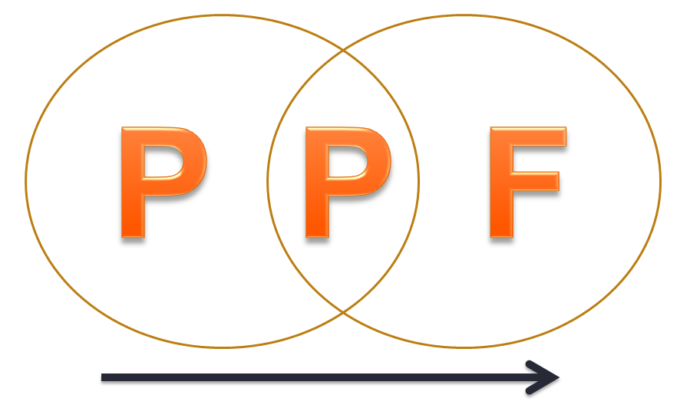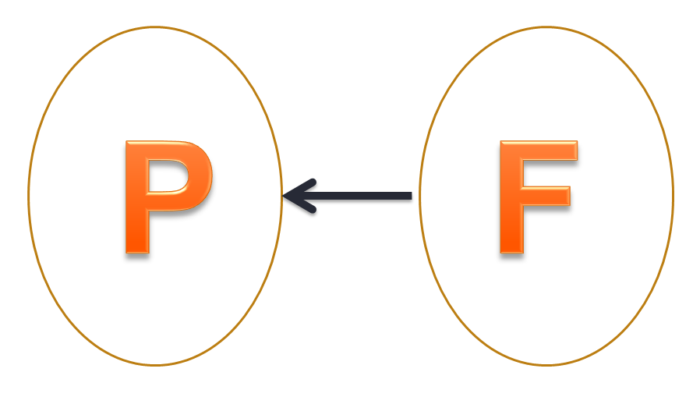Developing a good business strategy is a critical pursuit for any business. With the longer term implications of the Covid-19 pandemic now quite apparent, businesses, indeed most organisations, need to critically consider their business strategy options moving forward with a view to making them more agile given the uncertainty of the future. So what’s the best way to tackle this?
Whilst tactics change readily and at a relatively high frequently, changes to business strategy occur traditionally much less frequently. They are usually triggered by a substantive change in circumstances where either the business’s capacity changes or the business and commercial environment changes or where significant opportunities arise. Some businesses engage in serious strategy work on a regular basis as a means of increasing competitive advantage and as a way of identifying additional opportunity.

At the time of writing, we are experiencing arguably the most challenging economic event for 100 years; the coronavirus pandemic. It is clear that there will be a profound impact on the world economy and as a consequence, to virtually every business. In the current circumstances it is prudent to revisit the ‘rebuild’ strategy – assessing the best and worst case scenarios – on a more frequent basis than traditional strategic planning would have taken place – simply due to the rapid pace of change as we grapple with the pandemic. Unprecedented times for developing business strategy
Most business’s strategy settings were never conceived to cope with such a high-impact situation and one where the landscape is unclear and constantly evolving. What is clear is that large sections of the economies of the world will, in all probability, remain closed for an indeterminate length of time. It could be a matter of 1 to 3 years or even longer perhaps before the tourism, hospitality and retail food segments for instance, will be able to return to pre-pandemic operating conditions. In a country like Australia this represents not only a substantial portion of the overall economy but many, many thousands of jobs. There are other segments of the economy equally badly affected.
Within an environment of such economic distortion, not to carefully re-examine one’s future business strategy is foolhardy and very risky.
A key feature of the current situation is that we all have uncomfortably little understanding of how things may turn out. This brings to question the approach to take in developing strategy for emerging from this pandemic as successfully as possible.
Past, Present, Future method for developing business strategy
In the normal course of events, most businesses use an approach called PPF. This stands for past, present, future. With this method we analyse and understand the past, how it has lead to the present and use that to extrapolate into the future. This is the method typically used from year to year to incrementally grow a business on an essentially conservative basis. It is widely used and it generally works. It does not require a great deal of effort, time or rigour, which is why it is so widespread.

Past, Present, Future business strategy development approach
Some businesses may plan new strategic initiatives on a year by year basis within this method, but these are usually done within the context of a secure core business and such that they represent an acceptably small risk.
Within the context of the pandemic however, this approach is arguably very flawed. Most of our experience is of limited value as we face a wide range of unknowns and invisible risks. To face the future under current circumstances using this approach is simply not robust enough.
It is understandably quite natural in times of uncertainty and under the extraordinary circumstances of lockdown, to act conservatively and to be nervous about taking rash steps. But one has to put one’s emotions aside and act in the best interests of the business and its stakeholders.
There is of course the notion of ‘pivoting’ when a business strategy is clearly no longer applicable. This is a good strategic alternative provided that it is realistic and within the capabilities of the business to pull off. It is far closer to the second method outlined below as it requires one to develop a position in relation to the future rather than the past.
FP: Future, present
The second method for business strategy development works in quite the opposite way to PPF. This strategy requires that the business’s goals within a relevant time period, are realistically redefined, and in the current (pandemic) context, conservatively appropriate in their level of aspiration. It is advisable to engage in a Scenario Planning exercise to develop a view of the possible futures you may be facing.
These scenarios should include (but not be limited to):
- Variations in customer/client situations and requirements
- Variations in revenue
- Recovery time periods
- Worst case scenario

Future, Present approach to business strategy development
Within the context of these scenarios, a new, zero based plan is then developed by using reverse engineering techniques, to achieve the new goals. Included in this is robust financial forecasting with particular emphasis on cash flow rather than earnings, particularly as payment deferrals and government assistance come to an end.
The output should be a well defined set of actions that need to take place. And action is a great tonic under such circumstances!
This approach forces one to question almost every aspect of the business and to apply a high level of rigour. Such an approach can only be of benefit to the business and typically produces greater clarity, a feeling of relief and improved confidence.
The aim of this exercise would typically be to preserve the business and the livelihood of the owners and key staff members, but it is not necessarily limited to that. Some may see great opportunity in the current circumstances and use this technique to realise it.
Managing the business strategy development process in changing times
Most people are going to be unsure of the full impact of the Covid-19 pandemic on the economy and their organisation. It is important to build a good understanding of the various drivers and contributing factors to be in the best position to tackle strategy forming and planning. You should:
- source reliable and up-to-date economic and environmental information free of political and media positioning
- continually update your financial forecasts for conservative base case and downside scenarios
- perform regularly reviews to keep pace with new information and developments
Ideally, your work should be externally reviewed to ensure that the assumptions, the actual business strategy developed and its associated planning are sound and to avoid groupthink.
Timeliness
At the time of writing, the Australian government is supporting businesses with various forms of funding. Most businesses have not yet faced the full brunt of the likely economic impact and so may not feel a sense of urgency. If your business is severely impacted when government support ends, you may incur unanticipated windback costs which could put your business into deep financial stress, so tackling this daunting strategy task should not be delayed or taken lightly.
The severe economic impact of the Covid-19 pandemic has produced big changes in the commercial landscape. Whilst it is important to review and make changes to business strategy, ones approach to this is all important.

